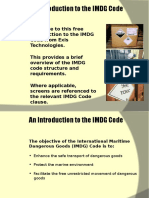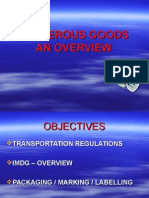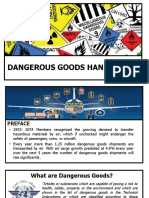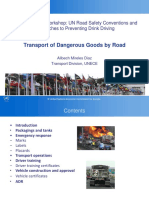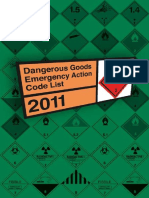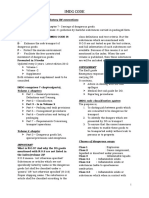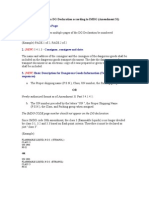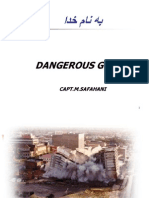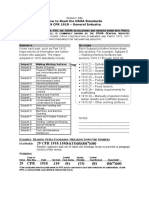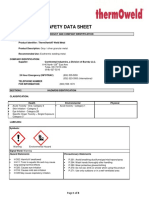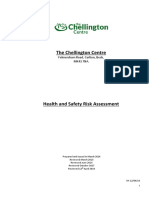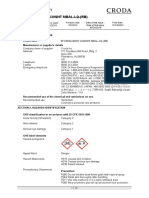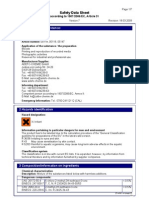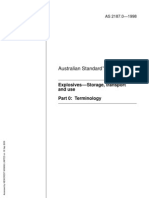0% found this document useful (0 votes)
17 views9 pagesGHS Safety Data Sheets Explained
Section 14 of the Safety Data Sheet provides essential transport information for dangerous goods, including UN number, proper shipping name, hazard classes, and packing groups. It is primarily intended for shipping professionals and must comply with regulations for land, air, and sea transport. The section may vary in format between suppliers and includes additional information such as emergency action codes and segregation groups for safe transport.
Uploaded by
sankar.bkfwCopyright
© © All Rights Reserved
We take content rights seriously. If you suspect this is your content, claim it here.
Available Formats
Download as DOCX, PDF, TXT or read online on Scribd
0% found this document useful (0 votes)
17 views9 pagesGHS Safety Data Sheets Explained
Section 14 of the Safety Data Sheet provides essential transport information for dangerous goods, including UN number, proper shipping name, hazard classes, and packing groups. It is primarily intended for shipping professionals and must comply with regulations for land, air, and sea transport. The section may vary in format between suppliers and includes additional information such as emergency action codes and segregation groups for safe transport.
Uploaded by
sankar.bkfwCopyright
© © All Rights Reserved
We take content rights seriously. If you suspect this is your content, claim it here.
Available Formats
Download as DOCX, PDF, TXT or read online on Scribd
/ 9







